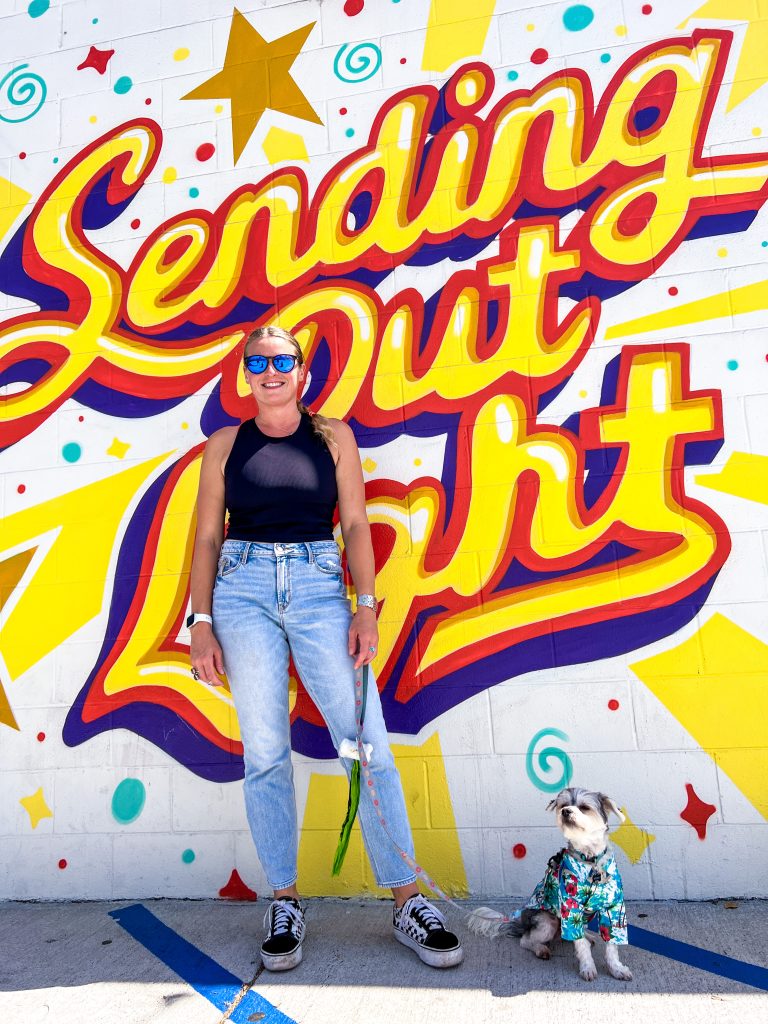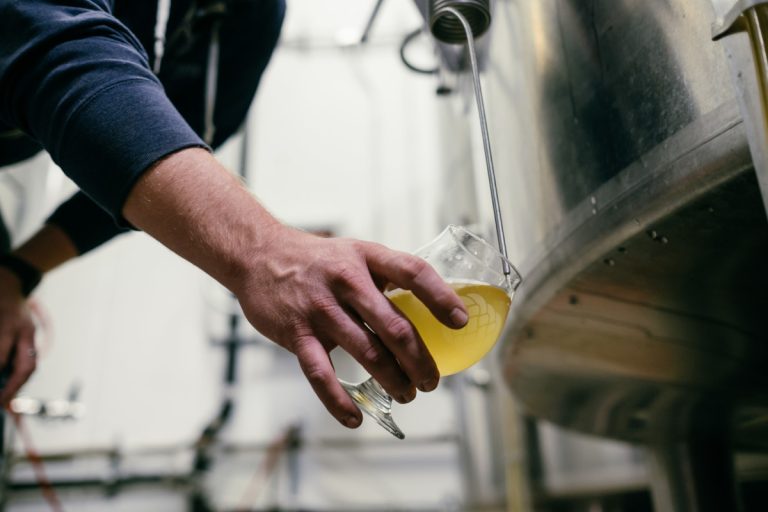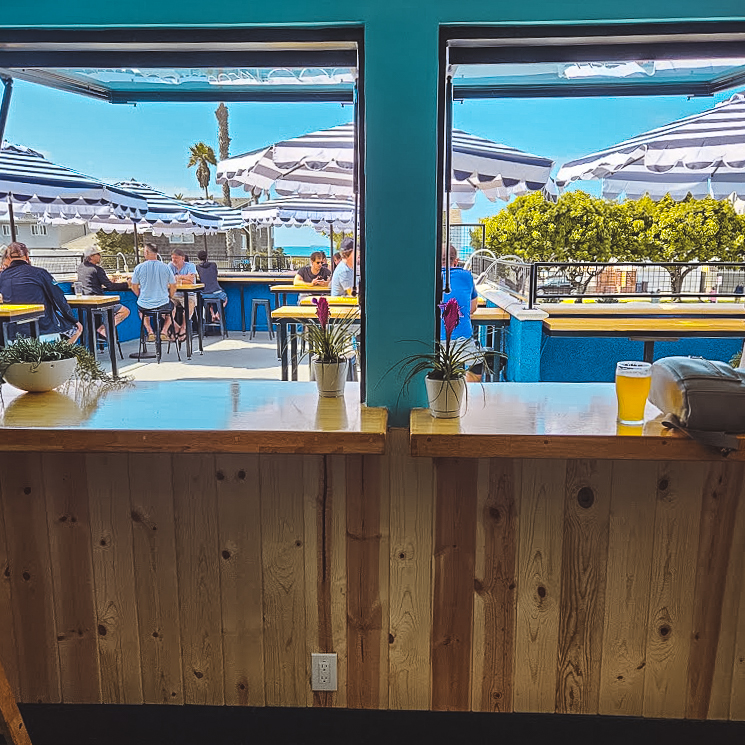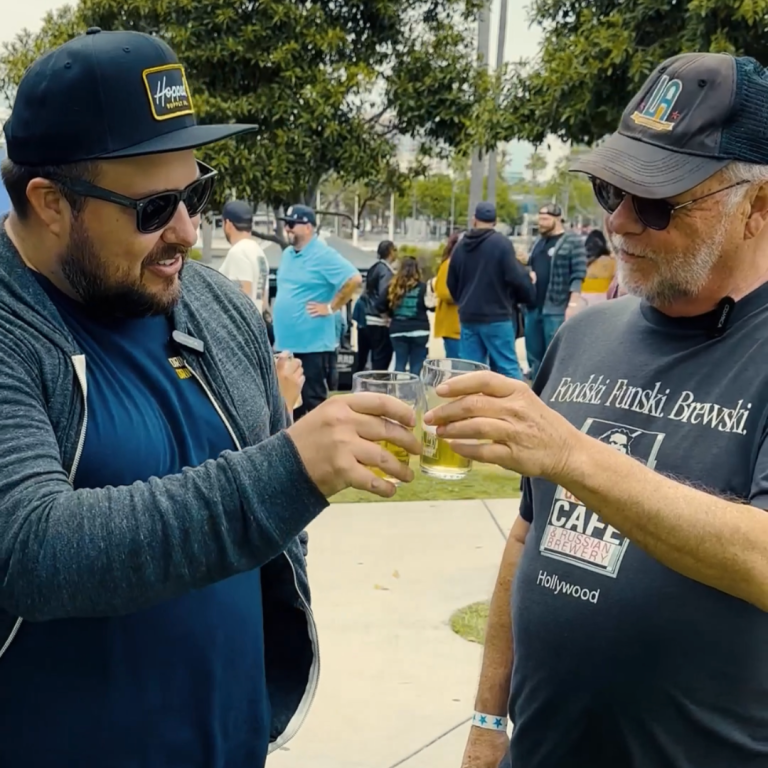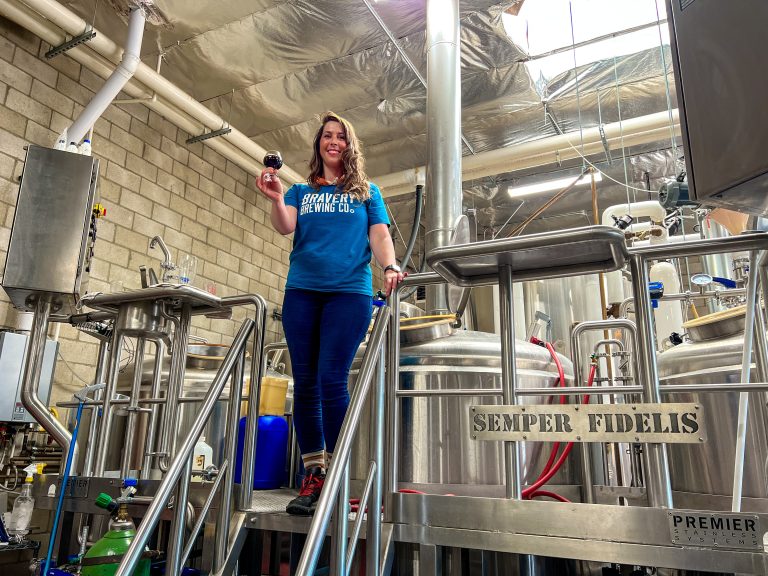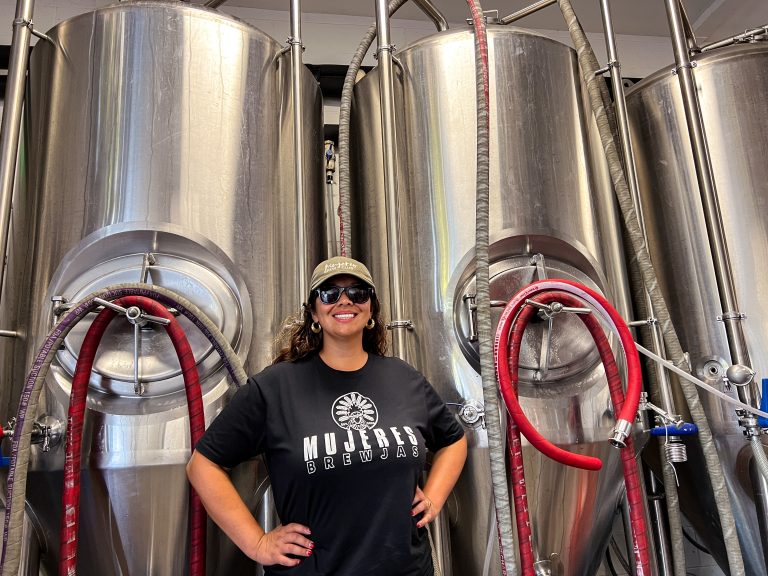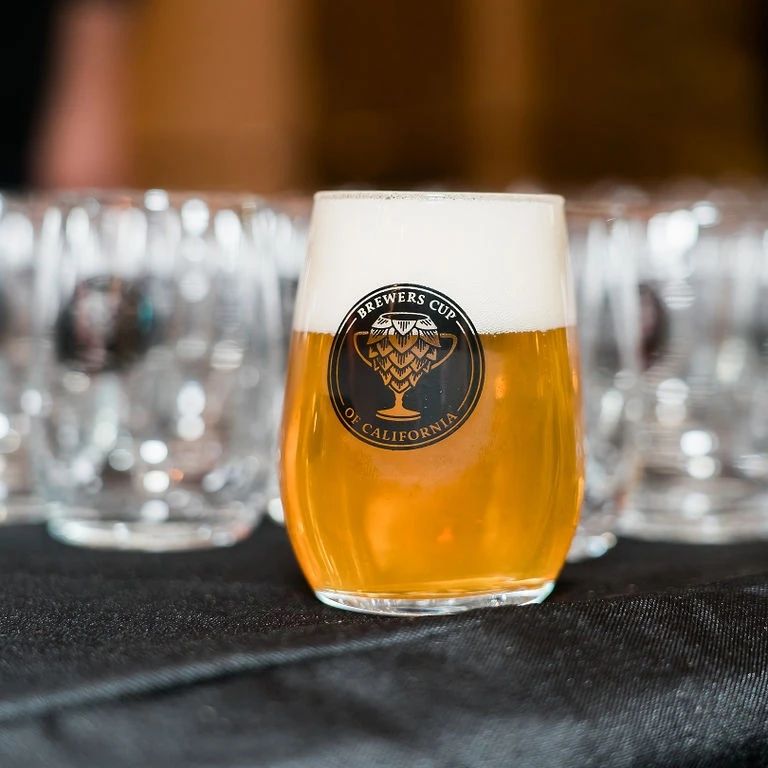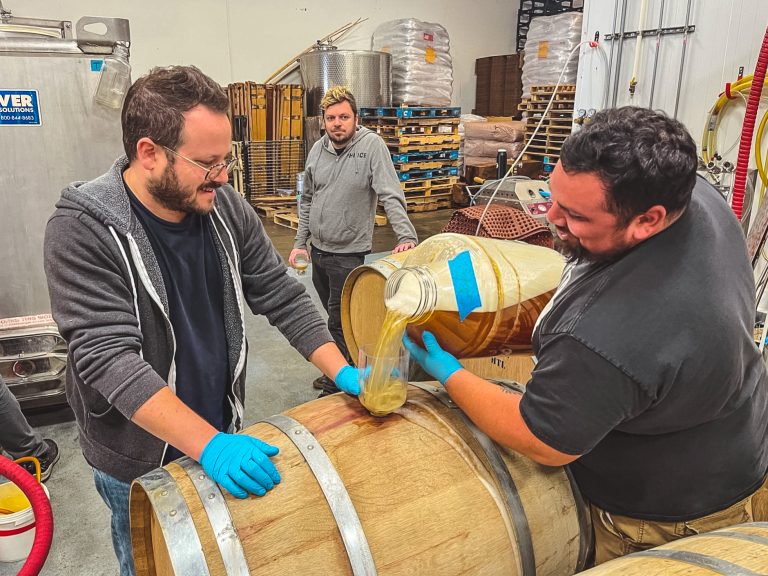Cambria Griffith is the co-founder and Director of Marketing at Radiant Beer Co., GABF’s 2021 Small Brewery of the Year. We met Cambria – and Donut the Maltese-Biewer terrier – inside Radiant’s spacious, contemporary taproom and brewery in Anaheim.
From the can art to the interior design, and all aspects of the brand, Cambria has had her hand in crafting Radiant from the ground up. With a decade of experience working with big industry names like Golden Road Brewing, The Bruery, Offshoot Beer Co., and Figueroa Mountain Brewing, we sat down with Cambria to discuss the world of marketing beer.
This interview has been lightly edited for clarity and length.
As told to Mark Smolyar and Cambria Findley-Grubb for Hopped.
HOPPED: When did you first start dipping your toes into beer and how did that lead to professionally working in the beer industry?
CAMBRIA: I’ll try to give the condensed version because it’s kind of long and wiggly, but my first interaction with beer was in New York when I was in college. It was a bit before craft beer was doing much of anything, especially in LA. My college boyfriend’s best friend lived in New York and was an actor and, of course, also a bartender. When we visited, he showed us all these beers that seemed wacky and really heavy on flavor and truly different from what I had experienced before.
While working in the entertainment industry, I started a website focused on food, travel, and beverages, predominantly focused in the LA area. It was before the whole blogging wave, and before influencers for sure. I loved being able to gather content and tell a story. Craft beer was pretty sleepy at the time, especially in LA, and that was a beat I got really interested in covering.
When I transitioned out of entertainment, [Golden Road founder] Tony [Yanow] reached out to me to start doing that for his business, and this was when Golden Road was literally just getting the building. I was already well versed in beer and restaurants and getting people excited about both, so I started doing that professionally. After about two years I got some attention from The Bruery in Orange County. I worked with them for about 5 years before I went to Figueroa Mountain Brewing Company. And after six months of COVID and being laid off, I got a call from The Bruery’s Jonas [Nemura] about his plans to open a new brewery, and that was how I came to be here.

HOPPED: How did you react differently to this call given that we were six months into a pandemic as opposed to if he asked you a year prior?
CAMBRIA: They definitely reached out at a unique time because I’ve never been laid off or taken a break from working. Jonas called me and asked what I had been doing lately, and about wanting to open a brewery. I had started going out on my own for the first time which is something I really enjoyed doing, but I had worked with these guys before so there were no reservations in mind. It was something I wanted to do. Opening a brewery in a pandemic didn’t freak me out. Knowing what I was capable of, what [Director of Brewing] Andrew is capable of, what [Radiant President] Jonas can do, I had no doubts. It was definitely a relief in a sense because I just can’t, you know, not do things.
HOPPED: And how are you finding that balance of working on your own creative pursuits as well as being the Director of Marketing?
CAMBRIA: I think for anything creative, it’s helpful to have multiple pieces of fabric you’re working with. If you’re just in one thing, it’s easy to get tunnel vision. And I think the best creativity comes out of a matrix of different thoughts and rabbit holes you get caught up in.
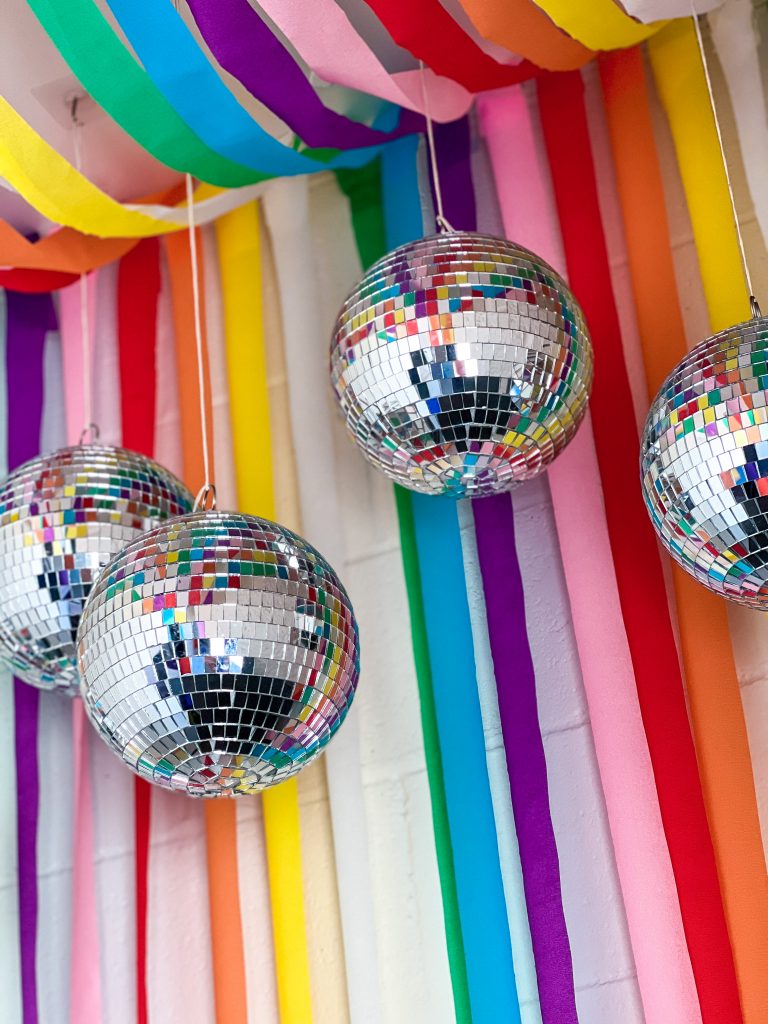
HOPPED: One of the things that was impressive for Radiant beyond the beer is that right away you had an established brand identity. How did you land on a theme of illumination?
CAMBRIA: When Radiant opened, we were in the middle of the pandemic and the space was very black and white. We knew we wanted there to be a space of open connection and positivity, and a place where people could find solace. We wanted to have colors and patterns that are bright, vivid, and full of light, so we landed on a motif of light and positivity. It took about a month and a half to decide on the name Radiant.
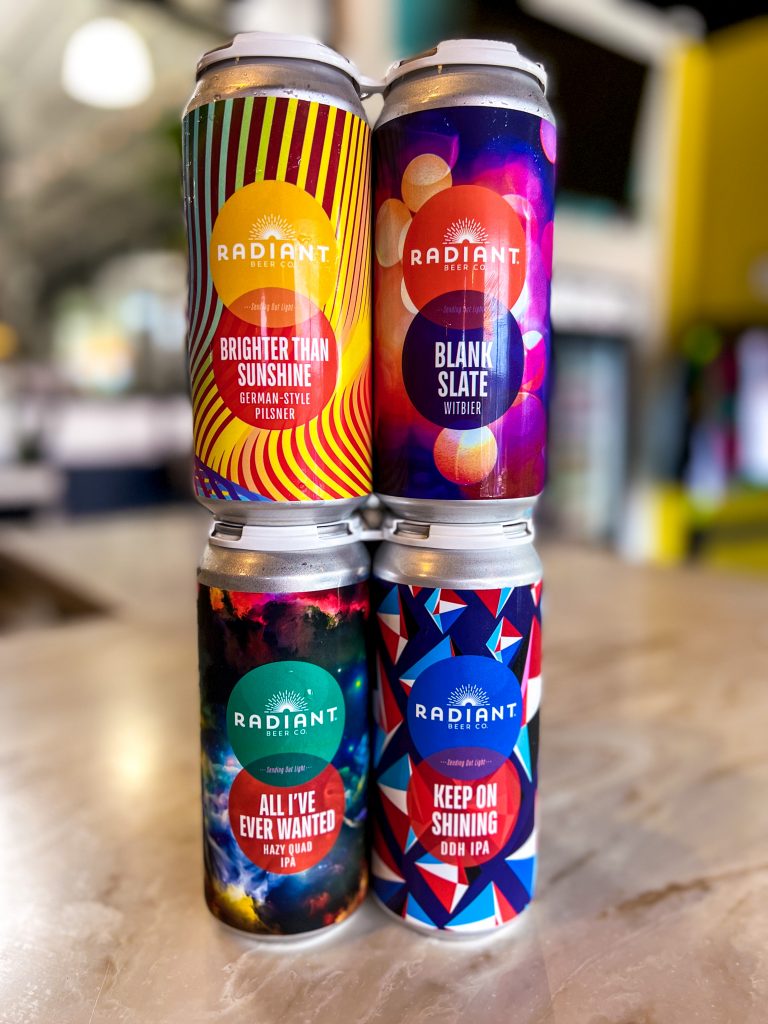
HOPPED: So tell us about the decision to use a template in your can art style.
CAMBRIA: Having worked with packaging design before, and knowing we wanted to have a lot of different beer and staples, it was very intentional. Having the billboard effect on a shelf is important. And when you have so many cans changing all the time, there’s got to be something constant. One thing we did is break down what we wanted to brew into categories, and then made art to fit those style categories. All our IPAs that are clear are going to have the Mosaic faceted triangular patterns. All the bases are gonna have the gradient, hazies will have color blends, the wheat beers have the bokeh effect… They’re pattern buckets that go with each style so that we can keep it fresh and different, but still have some kind of cohesive lineage going on throughout the brand.
As we expand our barrel aged program, I wanted to experiment with the other side of Radiant. You can’t have light without dark. The relative contrast has to exist. So I took that thought and just ran with this inverted circular logo. I wanted to play with magic and the solar system. That’s how I landed on this color palette of the darker tones. It separates our barrel program from the rest of the cans on the shelf, but is still uniquely Radiant.
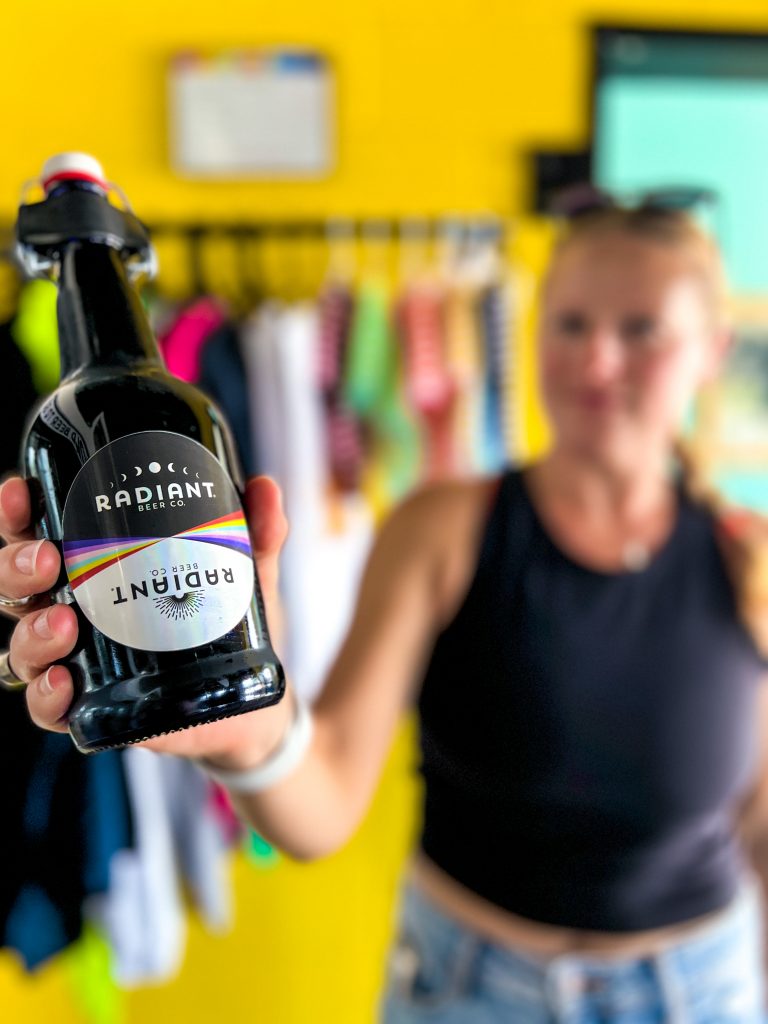
It also provides us some future-proofing where we can keep up with new trends in craft beer, but don’t have to go too far with the visuals. We can adjust the template but we have something to work off of. Our color palette is based off the natural tones of the sun setting, so you can pick those color bars out and that’s a bit timeless. It does have a bit of a ’70s vintage thing if you design right with it.
The designer I work with is Eric Sena, who I originally started working with at the Bruery. He actually applied to the design contest that they did before I started there. When I needed a logo knocked out and a can design, I knew he was the person for it. I just laid out, here is what I want and here’s where you can change things up. He was just on it, so the process was easy working with someone that knew how to deliver and spoke the same language.
HOPPED: How are the trends in the beer world impacting the work you’re doing at Radiant?
CAMBRIA: Our team has a lot of different palettes. I’ll proudly admit that I drink light, low ABV beer. I’ve also got cases of Black Tuesday and some of the geekiest things you could ask for. I’m all over the map in beer drinking. Things are constantly changing – just look at what seltzers have done in our industry. Our other co-founders definitely have their pulse on things like mead and the big barrel age goodness out there. Knowing the time and place for the right styles makes a difference. So I think we have healthy discussions where one side handles the niche things and the other side balances that with what people are drinking now.
So versatility was in mind from the onset. We’re gonna lean hard into everything. We have great hoppy beers. We have the lighter profile lagers that are still flavorful. We’re working on the barrel aged stuff now that we’ve had some time with our barrels. I have friends that can’t drink beer and I want them to be able to come here and have fun too, so we have been working on seltzers as well.
One fun thing we’ve done is a couple of barrel draft tappings with a really tiny sale of growlers. The first one we did, everything came together pretty down to the wire and sold out in under an hour. The barrel program has definitely been a space where Andrew has been Andrew. He’ll do these special batches with barrels that are a refined way of using the barrels to bring out the flavors in the right way. He has been really intentional about the ingredients and how they’re used to enhance the flavor profile.
HOPPED: You’ve worked with quite a few breweries prior to Radiant. How was it marketing for breweries with differing creative styles and how did that inform how you approach your work?
CAMBRIA: I love branding because you [can] hone in on that identity and then build everything from it. It’s hard to rally people together from the beginning – it really takes getting to know the team that’s involved through conversation to find out what their hopes and dreams are with it. You need to find those crossover spaces between different partners. That helps get a feel for the main character of a brand and then can build out the colors and the voice. One thing I noticed in beer is a lot of brands kind of have the same things they go back to and I think that’s a challenge of finding out what is specific to you. Everybody loves the outdoors. Everybody loves having quality products. What makes you different and unique as a brand?
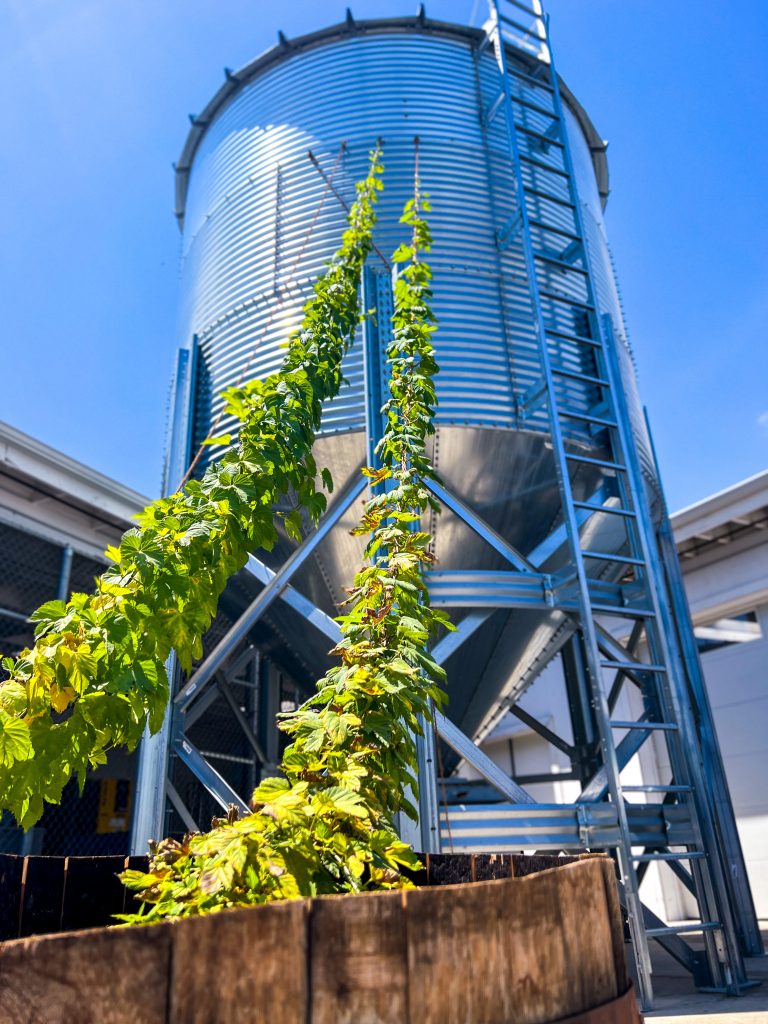
HOPPED: We’ve delved into a lot of different facets of what you do for marketing. What does an average day look like?
CAMBRIA: Oh my god, there really isn’t one. I do my best to make order out of the chaos and keep things efficient. It’s just juggling the ever-growing list of priorities. I could keep chasing one thing after another but if I don’t structure the week to have specific checkpoints and task windows, it’ll just be forever multitasking and never actually getting things done.
And then in-between I try to fit in additional strategy. How are we connecting with the community? How are we connected with people we don’t even know yet? How am I reaching spider legs and octopus arms out to the universe to find the things we really need to be involved in, that we aspire to be involved in. That’s an ongoing one. With me, you’ll see the actual thing I’m working on right now in six months.
HOPPED: You’ve been working in beer for about a decade now. How has the rise of social media impacted your marketing strategy?
CAMBRIA: I think some businesses just wouldn’t exist without it. It has become a main hub for any marketing. It’s also a customer service and collaborative hub. The roots of it are still pretty similar, but it’s daunting how many platforms there are and how reliant people are on it. Yet people really don’t invest in it. It takes time and money, there’s just no getting around it. It’s not an afterthought. Instagram alone has multiple platforms within itself, and that’s crazy to manage, especially for small businesses, let alone the TikTok universe. With the algorithm, sometimes I feel exhausted by it. We are small so I don’t have a go-to person that I can say, here’s the plan, make the content, get it out there. I think it’s still a really powerful tool, but having the right staffing for it makes all the difference.
HOPPED: The design of the brand definitely comes through in the internal space as well. Have you been leading that effort?
CAMBRIA:
Yeah. I’ve loved decorating the interior. I wanted to make sure that we were using our colors, getting Instagrammable moments, getting a feeling of solace, without a bajillion dollar budget. I mocked up a lot of these things in Photoshop using photos I took of the space to get some ideas going. These kind of artsy installations, they’re just the tip of the iceberg. I’d love to house more plants and water features and stuff that makes you really want to sit and stay and feel peaceful and happy here.
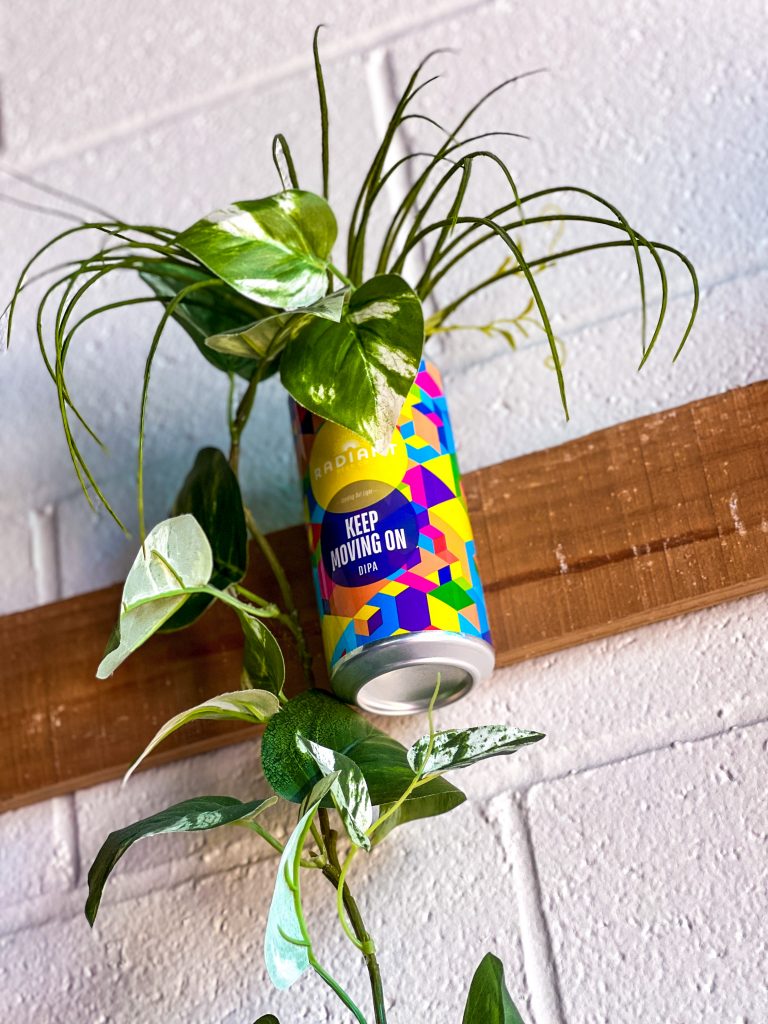
HOPPED: What’s one of the biggest lessons you have learned in opening your own brewery?
CAMBRIA: I would say the main overarching message, a philosophy that I’m personally hell-bent on, is building by design or default. This happens for new brands all the time. You have limited staff and there are only so many hours in a day. There’s very little time to prepare for milestones you want to get accomplished. Things get rushed that maybe needed some more thought or just a little more ownership and focus. Knowing when to really pick the things you’re designing, and the things that you can let go and happen by default is an important thing to understand.
It’s really easy for things to get squirrely or too many hands and things can drop off or just evolve in a way that becomes this disconnected, out-of-sync sub brand. Yet sometimes really good ideas come from that, too. It’s not a bad thing. It’s just something to monitor.
If you asked Andrew that question, he would say make sure you have the right piping in your brewery.
HOPPED: So what’s your advice for women who are interested in getting involved in the beer industry?
CAMBRIA: Be confident in what you are bringing to the table and speak up, and it’s even more powerful when you speak up the most at the right times. In terms of starting to find a job, breweries do post jobs, but often you do need to have experience. If you can demonstrate a value that is needed, that’s going to be the most beneficial. That could mean trialing your own work in a case study model so you can demonstrate proof of concept of what you can bring to the table. That’s not the sexiest answer because it does involve a lot of work, but having switched industries and worked on a lot of different startup projects, that’s what I’ve seen to be necessary.
HOPPED: What should we be on the lookout for for Radiant in the next year?
CAMBRIA: We have a lot of collaborations in the pipeline with both breweries and hop suppliers, and Andrew is working on some pretty interesting projects showcasing different hops. We have some key initiatives coming up that we don’t have a direct timeline dialed in on but should be coming up soon. We do intend to have other locations, but we would love for that to be sooner rather than later. I think my highest priority however, is getting our subscription model up and launched.
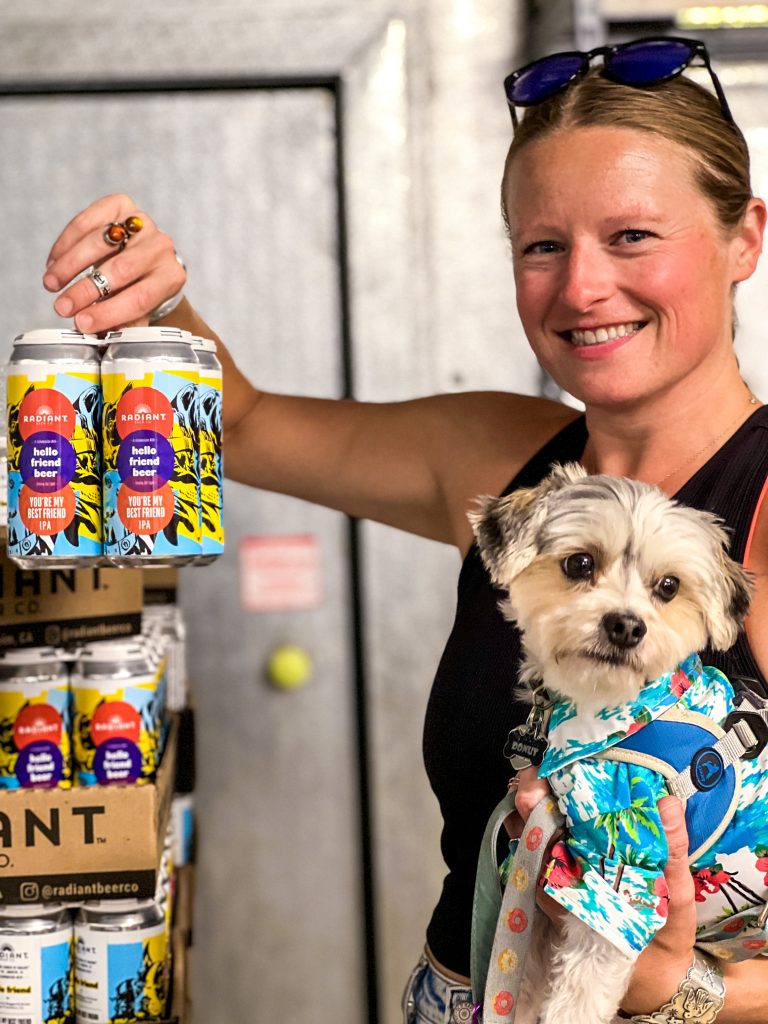
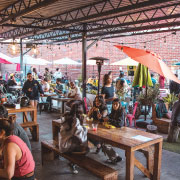
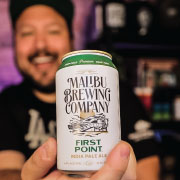

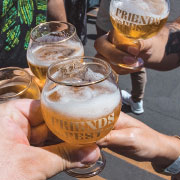
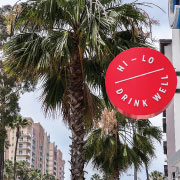
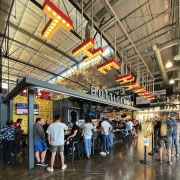
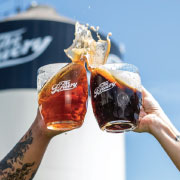
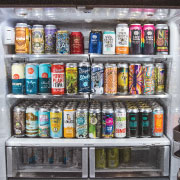
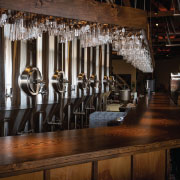
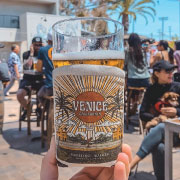
 Cambria Findley-Grubb
Cambria Findley-Grubb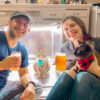 Mark Smolyar
Mark Smolyar